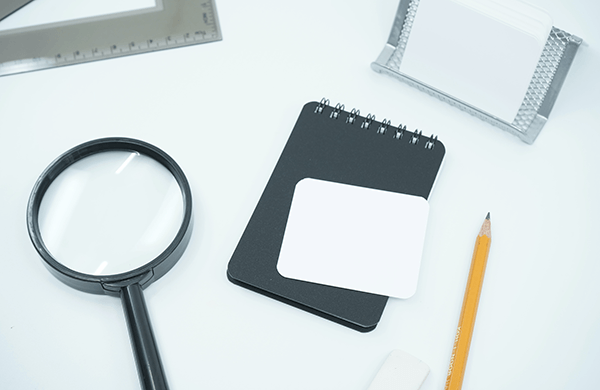 In criminal litigation, the application of cell phone forensics or mobile device forensics can provide a valuable source of evidence once it is apparent that a mobile or cellular device is relevant to the investigation. One type of digital evidence frequently recovered from cell phones is location information which can be crucial in proving or disproving a person’s whereabouts at the time of an incident.
In criminal litigation, the application of cell phone forensics or mobile device forensics can provide a valuable source of evidence once it is apparent that a mobile or cellular device is relevant to the investigation. One type of digital evidence frequently recovered from cell phones is location information which can be crucial in proving or disproving a person’s whereabouts at the time of an incident.
Location Information
Media files such as photos and videos taken with digital cameras in mobile devices are embedded with data that includes GPS coordinates that reveal where the photo was taken. The data also includes additional details that can help to map the timeline of when an incident occurred, such as the time stamp of when the photo was taken.
Triangulation
Another technique used by cell phone forensics experts that can be used to indicate location is cell triangulation. This technique can be used to pinpoint a suspect’s approximate location by using the surrounding cell phone towers that connected to their mobile device. Cell phones connect with cell towers based on signal strength and the number of people connected to one tower at a time. Since the proximity of the tower is not the only factor that influences connection with a cell phone, triangulation is not considered an exact science but rather an estimation of location.
Case Example
Our Digital Forensics Expert, Jeff Martin, recently provided expertise in a Munising murder trial that was instrumental in proving the whereabouts of the defendant who stood accused of murdering his roommate.
The defendant disputed his involvement in the murder by claiming that he was not at the location at the time of the killing. He also disputed visible injuries that he sustained after attacking the victim by claiming that he was injured while working on a car the day before the murder occurred. Jeff was tasked with triangulating the defendant’s cell phone and was able to place the device at the apartment where the murder took place. Jeff further supported his findings of the defendant’s location at the time of the murder by using location data embedded in several photos taken on the defendant’s phone.
Jeff was also able to refute the defendant’s claim about how he sustained his injuries by recovering 38 selfies taken on the defendant’s phone. The selfies revealed that the defendant was unmarred the day prior to the incident. While photos he took the day of the murder showed that the injuries that he claimed he incurred the day before were only present after the murder occurred.
Jeff was called by the prosecution to provide expert testimony at trial where he testified for 3.5 hours. He was happy to be able to assist in removing a person he describes as “intensely dangerous” from the streets. The defendant in the case was previously charged in 2014 with one count of solicitation to commit murder, two counts of torture, two counts of false imprisonment, and two counts of strangulation of two women but was acquitted after being granted a retrial.
The defendant’s sentencing in this case is set for December 21st.



